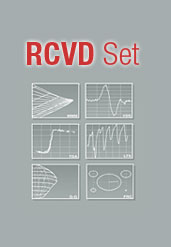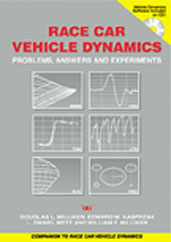Technical Paper
Potential for a Ground-Effects Top Fuel Dragster
2002-12-02
2002-01-3348
The current performance of a top fuel (T/F) dragster racing car is very high. The cars can accelerate from a standing start to well over 330 mph (528 km/h) in < 4.6 seconds! The engine of a T/F dragster can make considerably more power than can be put down to the track surface. Intentional clutch slippage prevents wheelspin for most of the ¼-mile (0.4 km) standard length racing run. Even though the drive tires used are highly specialized and specifically designed for this type of racing environment, more traction is needed. To create more traction, especially during the second ½ of the run, external wings have been employed by the designers of such cars. The size and configuration of the wings is limited according to sanctioning rules. Recent wing failures and accidents have made other options for the creation of downforce appear attractive. In the present work, we consider the potential for using the shape of the car itself to create the required down-force.


